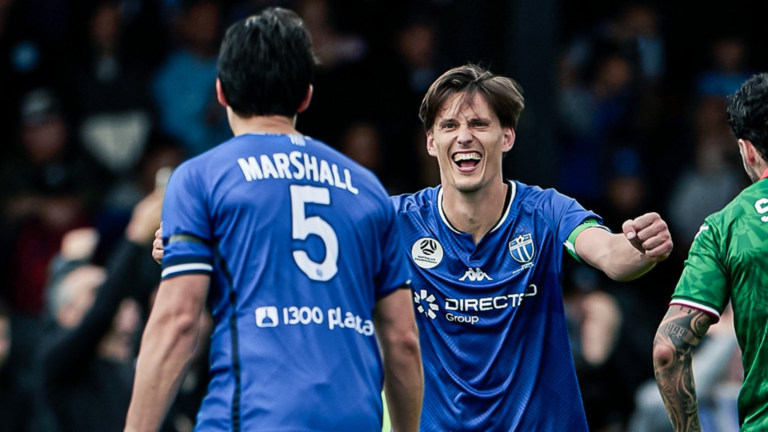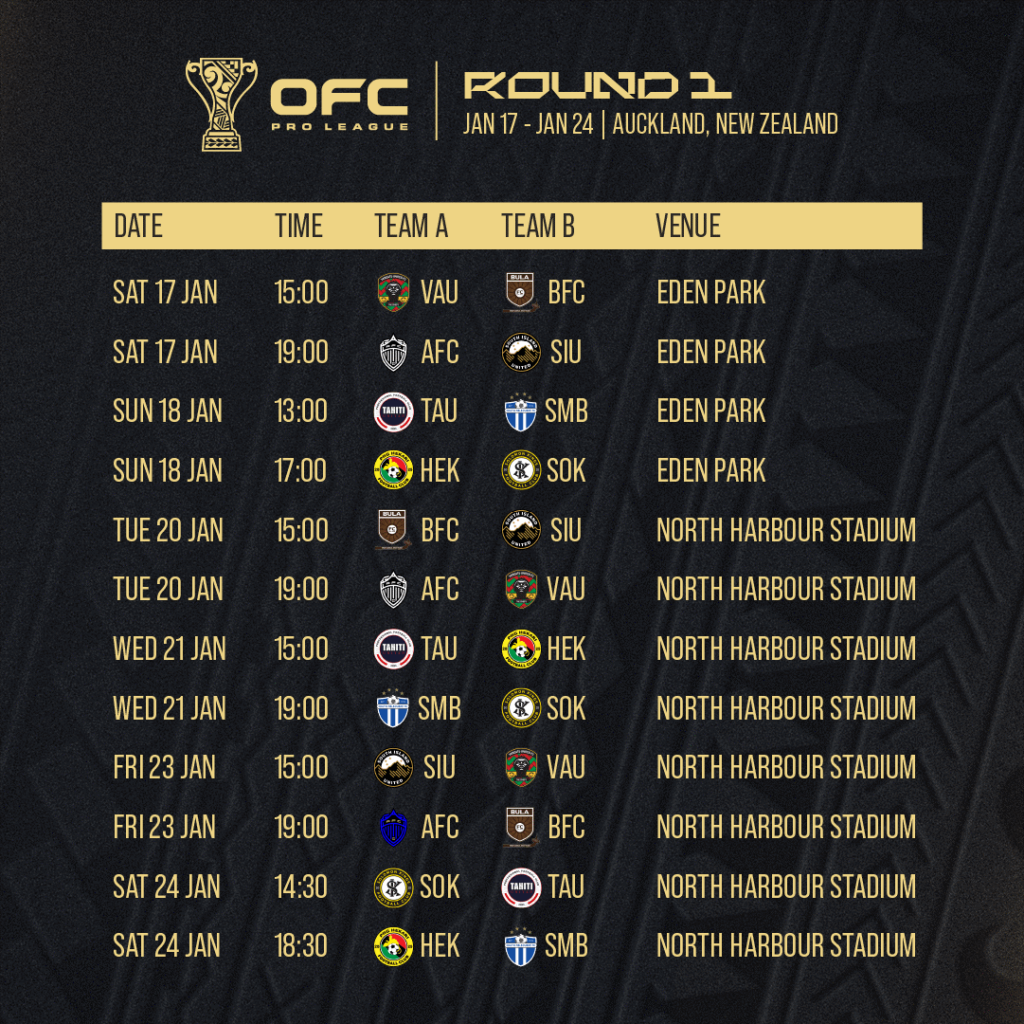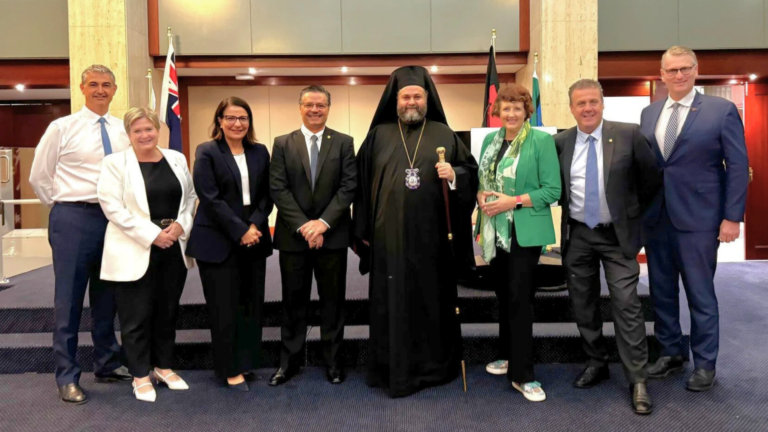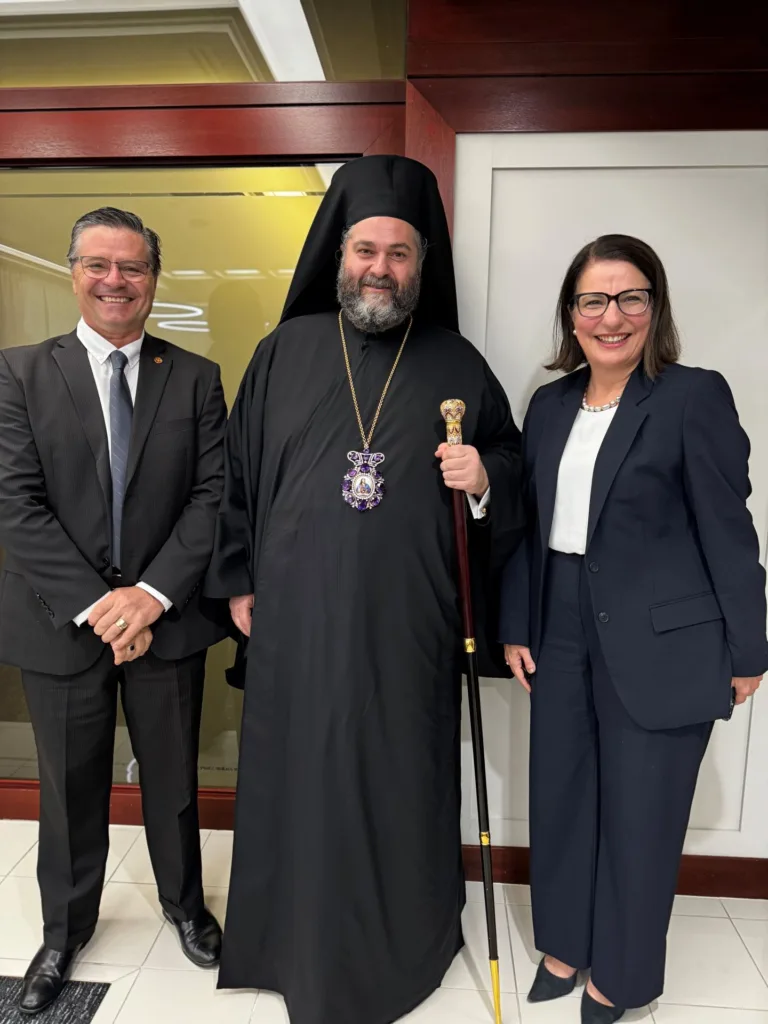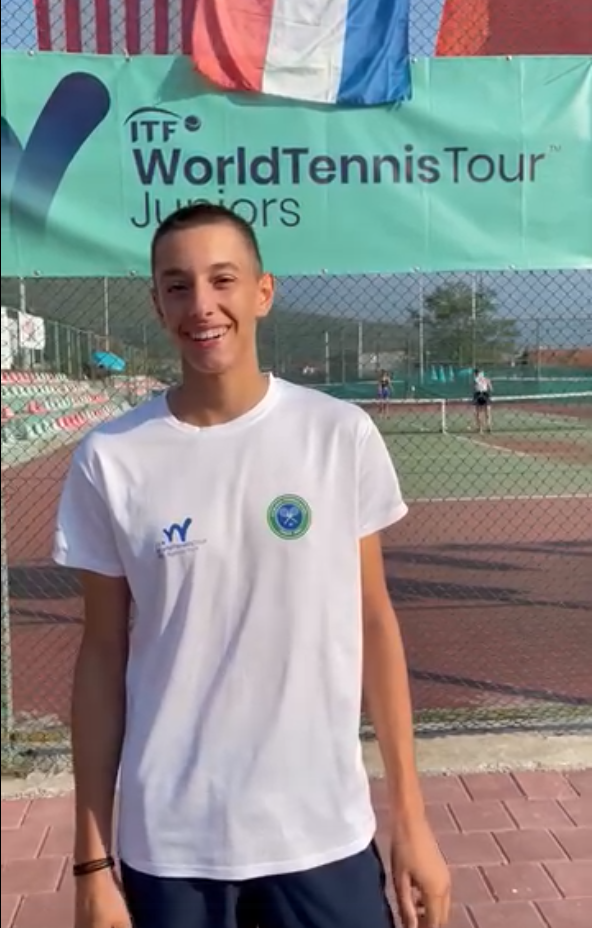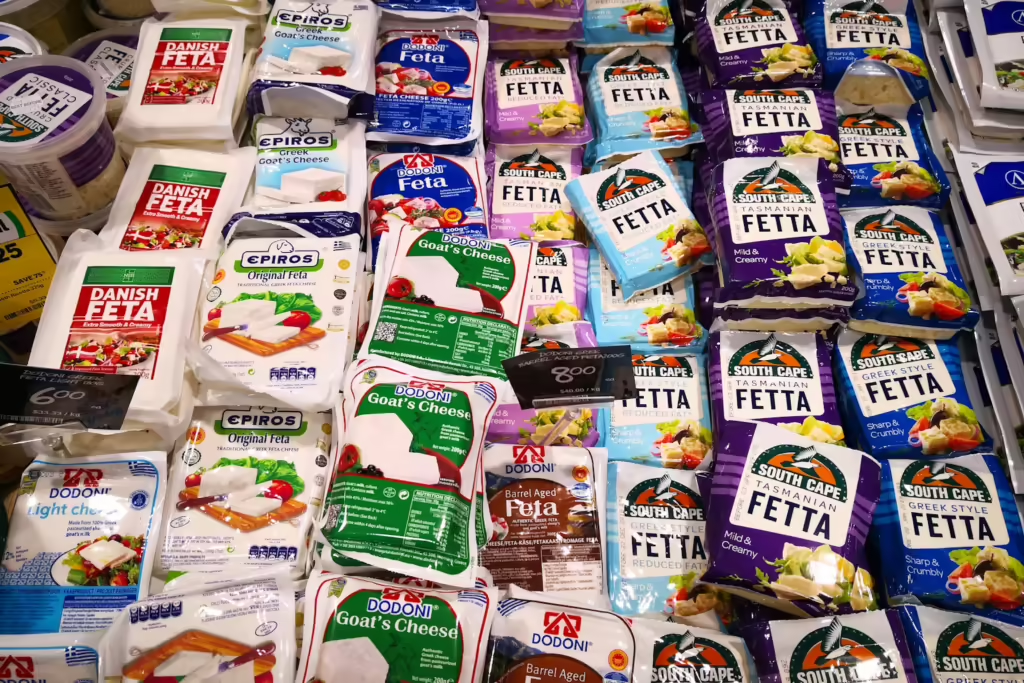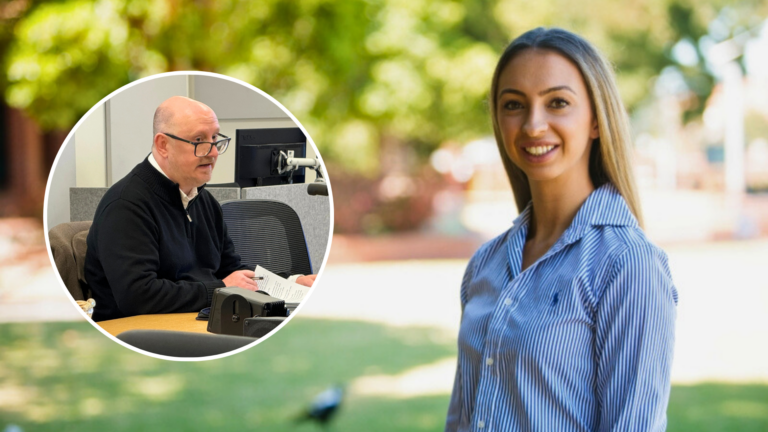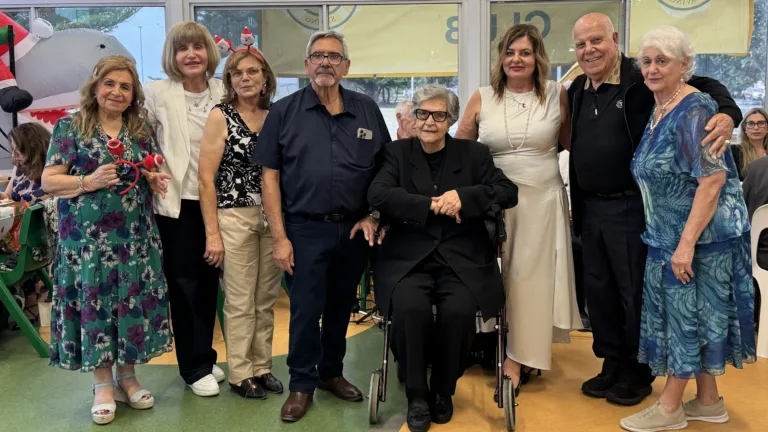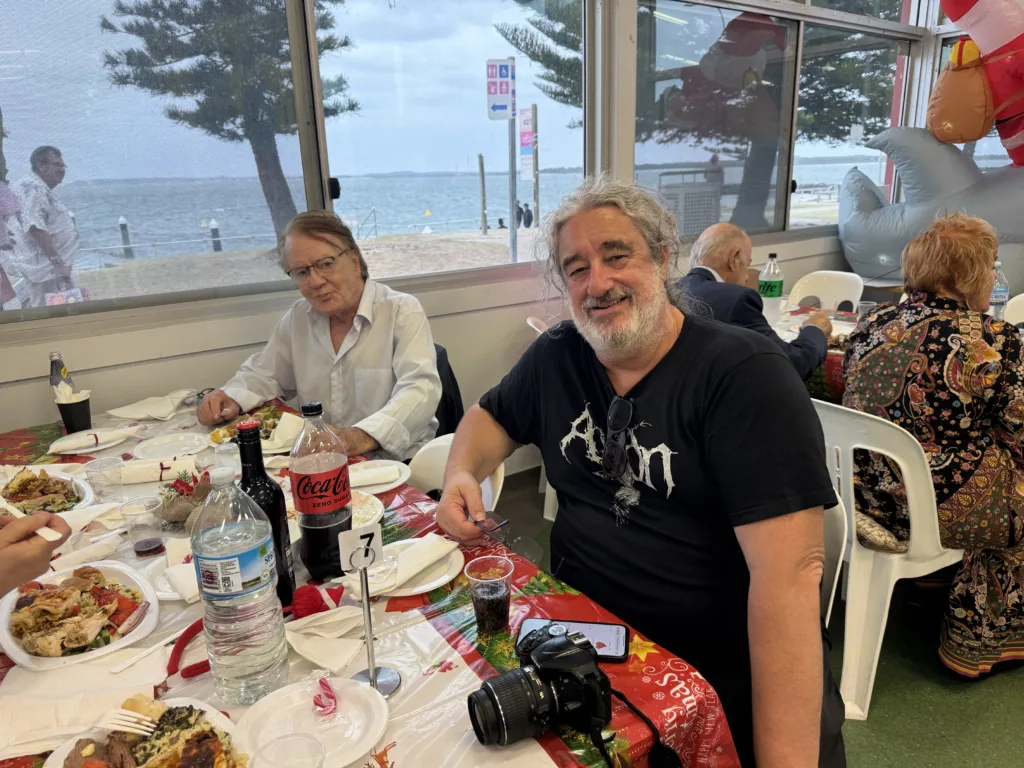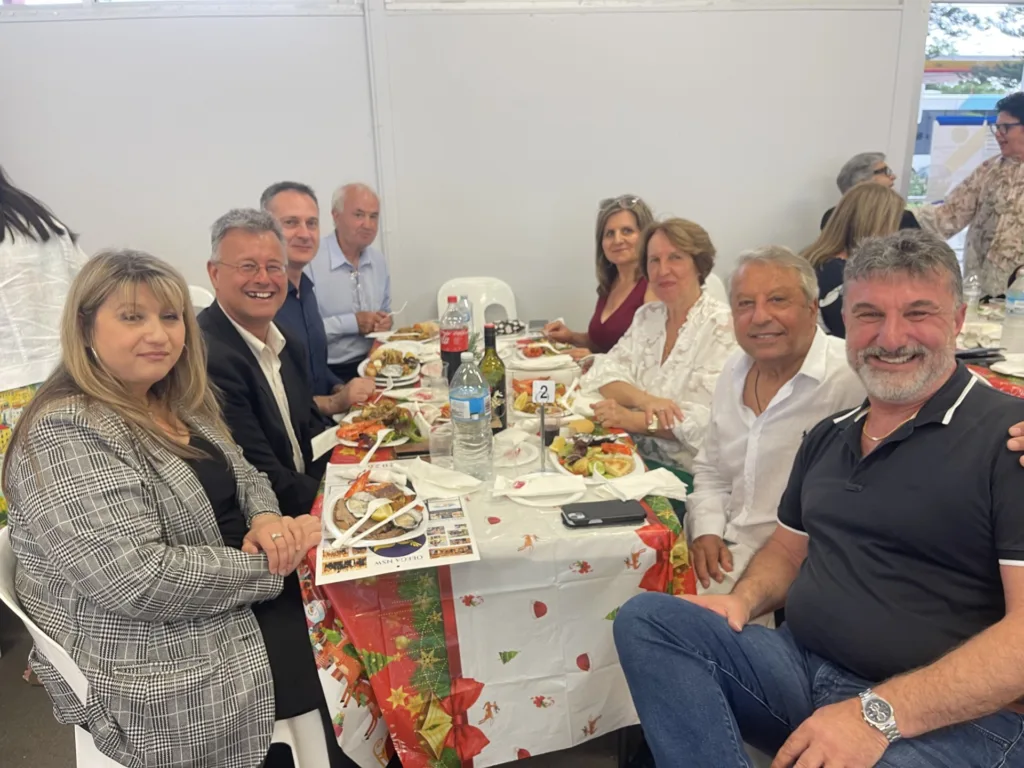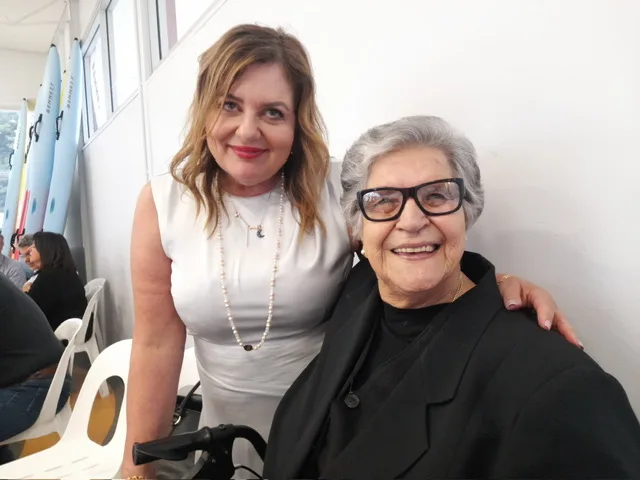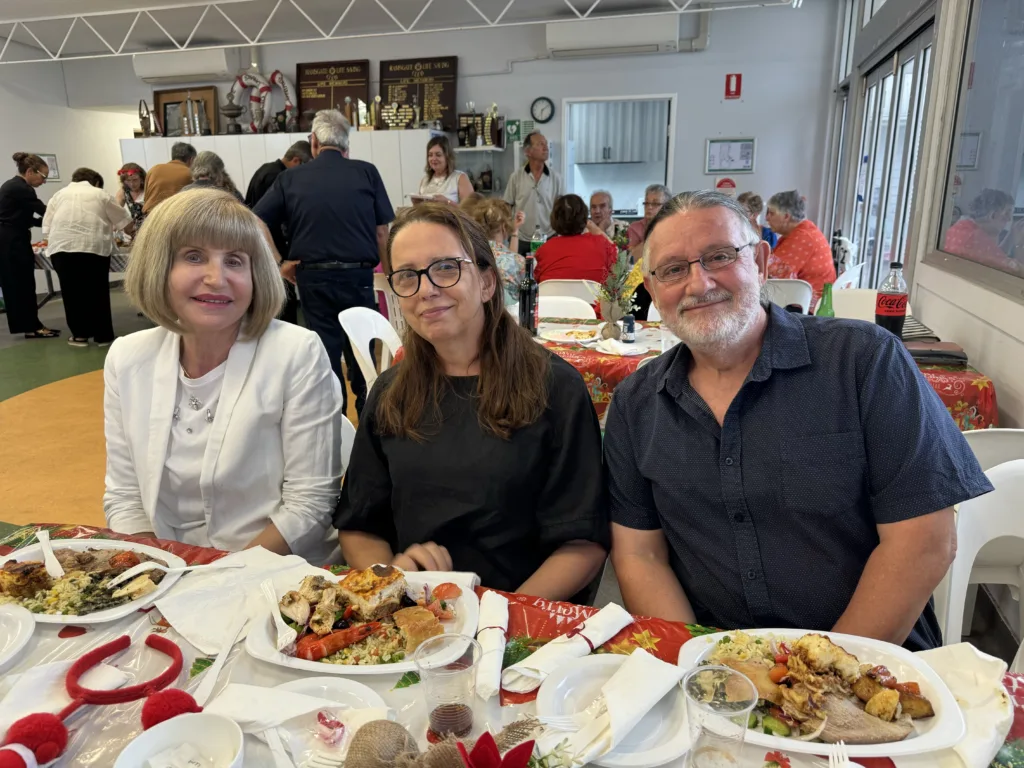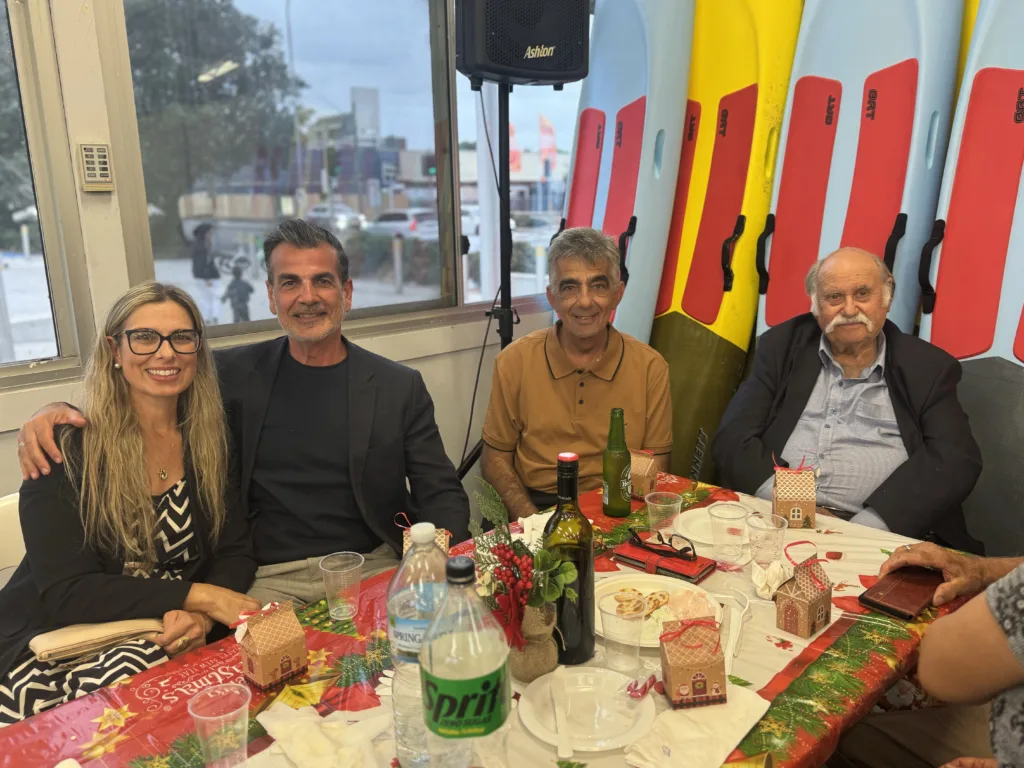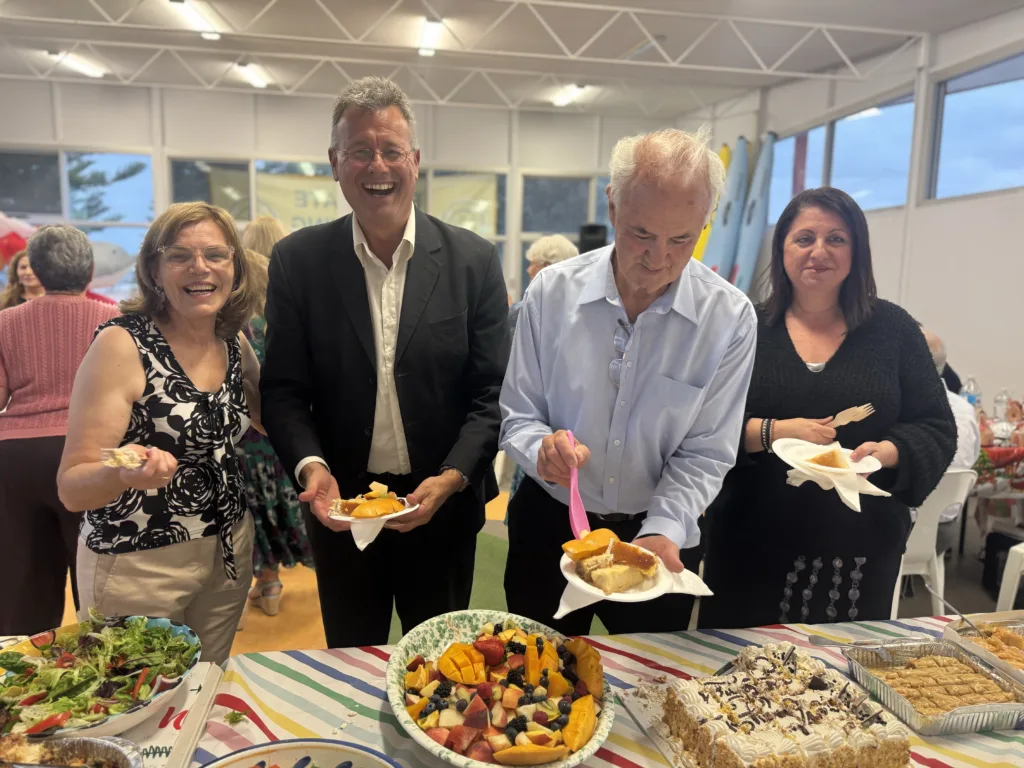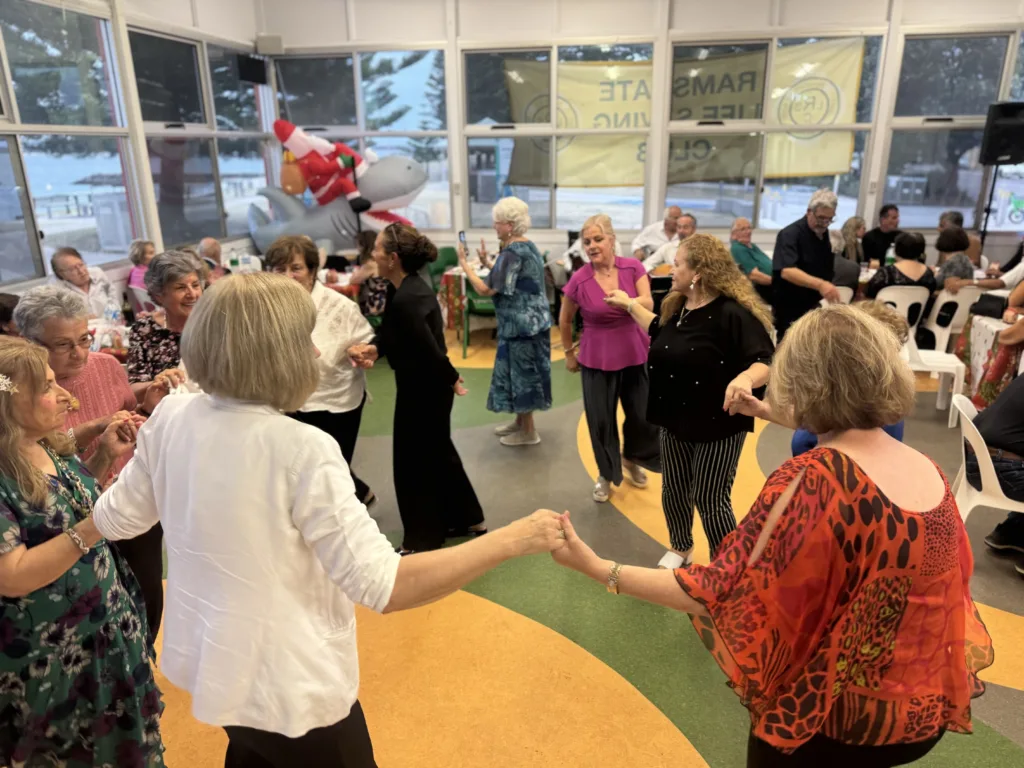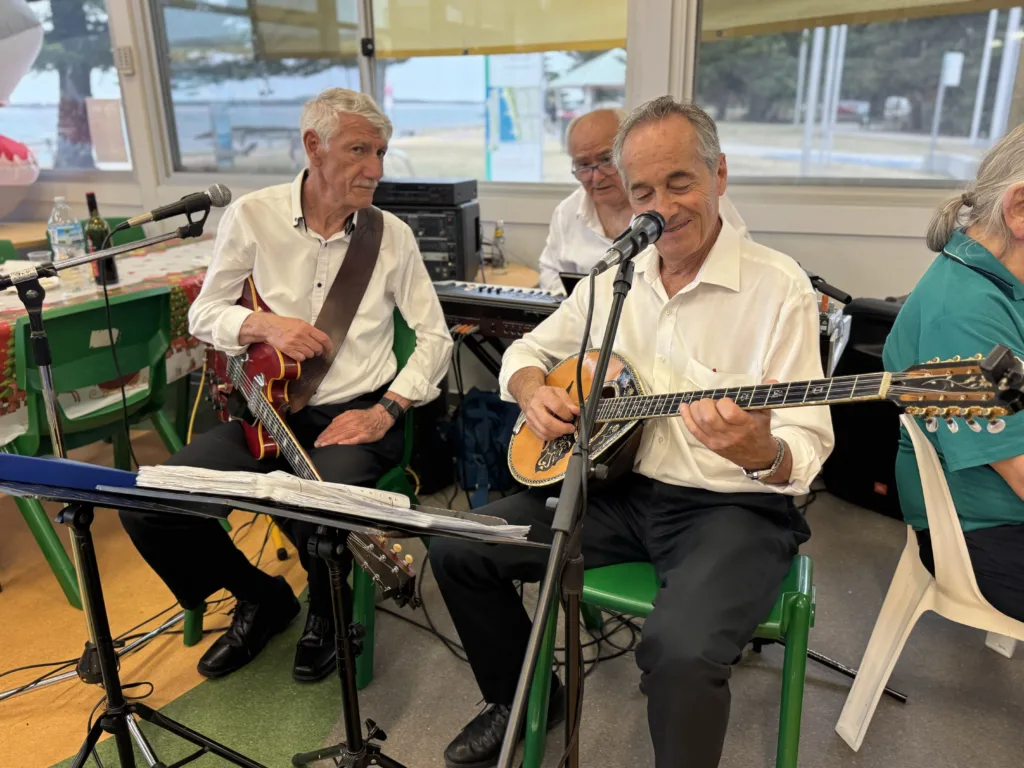Football Victoria (FV) has released the NPL Victoria Men’s and Women’s fixtures for the 2026 season.
For the first time in NPL Victoria history, both the Men and Women seasons will kick-off simultaneously on Friday, February 13.
And the NPLM and NPLW returns in spectacular fashion, with Box Hill beginning their Championship defence against the Essendon Royals and NPLM 2025 Champions Heidelberg United opening their 2026 season up at home against Green Gully.
Hume City will host the other season opening match when they take on Altona at Nasiol Stadium from 7:30pm.
One of the biggest matches to look forward to in Round 1 of the NPLM season is 2025 Premiers Avondale hosting a new look South Melbourne buoyed by some big offseason signings and their huge win in the Australian Championship.
Heidelberg United fell agonisingly short of an NPLW double last season and will open their 2026 campaign up with a home clash against rivals Preston Lions, who will be eager to bounce back from a disappointing season.
Dandenong City were the big surprise side of the 2025 NPLM season, going from sixth place to the big dance at Lakeside Stadium. They’ll be keen to start the season off on the right foot when they travel to St Albans for the first Croation Derby of the year.
Melbourne City fans will be able to see their NPLW side in action at home for the first time against the Boroondara Eagles, while their NPLM team will be on the road for their first match against Dandenong Thunder.
Melbourne Victory fans can get behind their NPLW team for the first time when they travel to the Veneto Club to take on a Bulleen Lions side that has had a busy offseason.
The two newly promoted NPLW sides, Avondale and Keilor Park, will both start their 2026 campaigns on the road, travelling to Spring Hills and Alamein respectively.
Bentleigh Greens and Caroline Springs George Cross begin their returns to the top-flight against each other at City Vista Recreation Reserve.
The final game of Round 1 is a stunner; a Semi Final rematch between the new look Preston Lions and Oakleigh Cannons at Jack Edwards Reserve. This is the lone fixture of the day across the NPLM and NPLW and should draw a huge crowd.
FV Head of Competitions Frank Karatzas believes the 2026 NPLM and NPLW seasons promise to be the biggest and most exciting yet.
“After an unforgettable end to the 2025 season, where over 13,000 fans watched Box Hill United crowned the NPLW Champions and Heidelberg United take home the NPLM Grand Final trophy, 2026 has a lot to live up to,” Mr Karatzas said.
“With simultaneous season start times, both A-League clubs joining an expanded NPLW competition and two storied clubs returning to the NPLM, I strongly believe we are about to watch the biggest NPL season yet.
“We’d like to thank our clubs for their hard work and support during the fixturing period that will assist with offering NPL Victoria fans the best possible experience in 2026 and continue to show why Victorian football is the best in the country.”
This will be the first year of FV’s groundbreaking new partnership with competition management, administration and engagement platform Dribl, which will deliver a vastly improved experience through their intuitive app and web platform.
The release also includes the fixtures for NPL U23 Men’s and U20 Women’s.
Stay tuned for information on ECAL, which will allow fans, players and Club staff to sync the NPL fixtures with their personal calendars.

